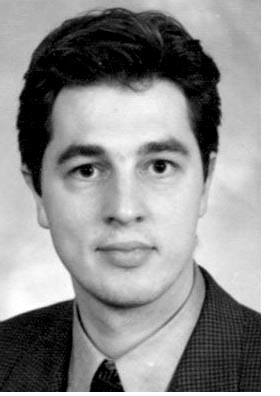|
|
Electrical and Computer Engineering Department |
||
|
Publications, News, Patents,
Talks |
Heterogeneous
Integration Laboratory (HIL) Enabling
~ Integration-Across-Length-Scales-&-Material-Boundaries Through ~ Printing-Transfer-&-Engineered-Self-Assembly Incorporating
~ Nanoparticle/wires-Microscopic-Dies&Chiplets
Professor Jacobs' overall research program deals with the development of integration technologies that can print, assemble, and interconnect materials and disparate components in two and three dimensions across existing length scales and material boundaries. His research group specializes in micro and nanomanufacturing technologies that enable novel devices and systems that are (1) heterogeneous in nature and (2) cannot be realized using a linear extension of existing methods. The research includes the synthesis and fabrication of nanomaterials devices as well as the integration across length scales all the way up to microscopic dies and chiplets that are too small for conventional robotic pick and place and wirebonding. The current research projects are in areas of Self-Assembly Based Manufacturing, Nanometer-Scale Charge Based Printing (NanoXerography), Nanoparticle Based Devices, Directed Growth of Nanowires, Nanowire LEDs, and Fluidic Nanochiplet Assembly With Interconnects. The applications range from neurology to remote sensing, to flexible high performance electronics. Research in the Heterogeneous Integration Laboratory (HIL) is multidisciplinary and exploratory in character and lies at the interfaces of Material Science, Electrical Engineering, and Applied Physics. Professor Jacobs received
his M.Sc. in Electrical Engineering from the University of Wuppertal,
Germany, in 1995, and his Doctoral Degree (Dr. sc. Techn.) in Engineering
(ME/EE) from the Swiss Federal Institute of Technology (ETH), Switzerland, in
1999. He joined the faculty at the |


